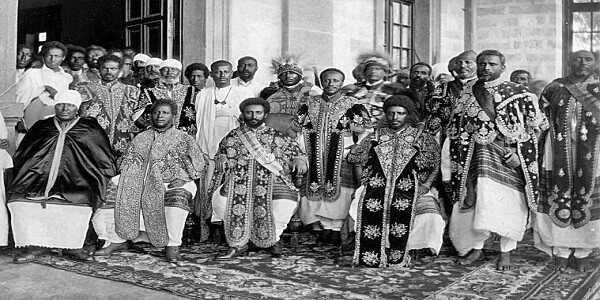Photo credits: rastafari.tv
The Solomonic Dynasty was an era in Ethiopia’s historical record that lasted from 1270 to 1636. This was named due to the fact Emperor Yekuno Amlak was crowned ruler in 1270. Amlak proclaimed himself connected to a lineal descendant of Menelik I, son of King Solomon and Queen Sheba. Amlak ceased his brief authority of the Zagwes people on Ethiopia’s coast. They never claimed lineage from Menelik I.
Regents of Ethiopia’s Solomonic dynasty cut off major towns analogous to the rulers before them. On the contrary, monarchs utilized what were called immediate and shifting townships. Yurts and teepees housed the monarch, his military, royals, and the rest of the officials of Ethiopia’s aristocracy. These groups never stayed at the same location for longer than four months. They relocated once the area was exhumed of property. Citizens of the community brought cows, things to eat, and whatever they were expected to bring.
Throughout Ethiopia’s Solomonic era, those who lived on the Christian plateaus, as well as those on shorelines of the Islamists’ areas, always had trouble in war. There was fighting because everyone wanted to dominate the roads where traders traveled. Over the course of the 1300s, King Amda Seion and Crown Prince, Sayfa Ar’ad, battled against those who controlled the Horn of Africa’s Ifat Sultanate every day.
Somali warlord Ahmad Gragn’s conquest throughout the 1500s almost exterminated the Christian imperialists. Ethiopia’s ruling monarchs drove out Ahmad Gragn because they had reinforcements from Portuguese militia men. Christian monarchs were very much weaker at the close of the 1500s.
Ethiopia interacted alongside Catholicism during the 1600s. Since aiding the monarchs with conquering Ahmad, the Portuguese remained and began practicing Roman Catholicism.




















No comments